30 Worst Cooking Tips Of All Time Ranked
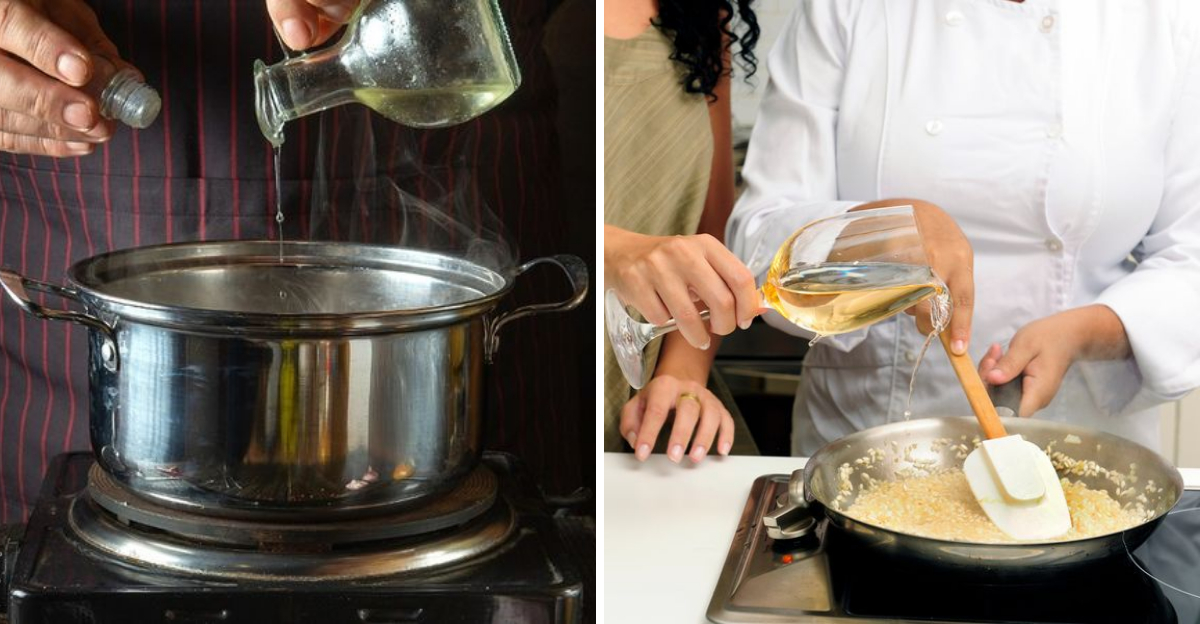
When it comes to cooking, advice is plentiful, but not all of it is worth following. In fact, some cooking tips can lead you astray, resulting in lackluster or even spoiled dishes. Whether it’s an old wives’ tale or a misunderstood technique, these misguided tips have made their way into kitchens worldwide, often causing more harm than good. Here, we’ve ranked the 30 worst cooking tips of all time, shedding light on why you should avoid them at all costs, and offering better alternatives to improve your culinary adventures.
1. Rinse pasta after cooking
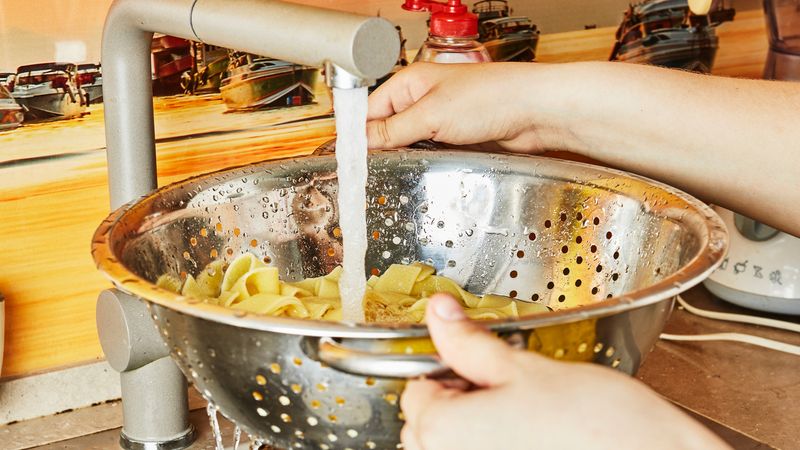
Rinsing pasta after cooking is a common practice, but it’s actually detrimental to your dish. By washing off the starch, you prevent sauces from adhering to the pasta, resulting in a bland and unappealing meal. This tip is especially misguided if you’re serving a hot dish.
The starch is what gives pasta its luxurious, silky texture when combined with sauce. The only time rinsing is justified is when preparing a cold pasta salad, where the starch isn’t needed. Avoid this tip, and let your pasta shine in its starchy glory.
2. Add oil to pasta water

Adding oil to pasta water is a well-known, yet ineffective tip. The idea is to prevent pasta from sticking together, but the oil merely floats on the water’s surface. It doesn’t integrate with the pasta, leaving it as sticky as ever.
In reality, oil can hinder your dish by preventing sauce from clinging to the pasta effectively. To avoid sticky pasta, simply stir it occasionally while cooking. Embrace the natural starches, and your sauce will bond beautifully with the pasta, creating a harmonious dish.
3. Always cook meat straight from the fridge
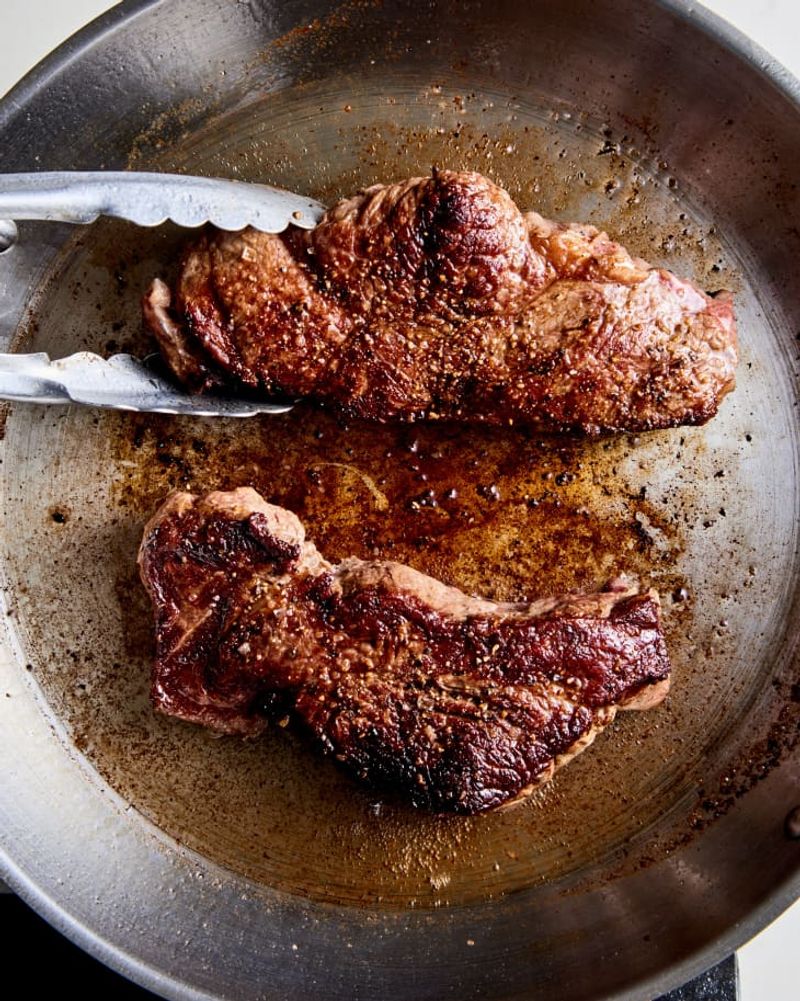
Cooking meat straight from the fridge may save time, but it can lead to uneven cooking. Cold meat hitting a hot pan results in an exterior that’s overcooked while the interior remains underdone.
Allowing meat to rest at room temperature for about 20-30 minutes ensures even cooking, enhancing both texture and flavor. This small step makes a significant difference, reducing the risk of chewy or dry results. So, next time, let your meat acclimate before it meets the heat for a perfect dish.
4. Use nonstick pans for everything

Nonstick pans are versatile, but not suitable for every cooking task. High heat can damage the coating, compromising the pan’s nonstick properties. Additionally, these pans don’t brown meat well, resulting in less flavorful dishes.
For searing or browning, opt for cast iron or stainless steel pans, which handle high temperatures beautifully. Nonstick pans are best reserved for delicate tasks like cooking eggs or pancakes. By choosing the right pan for each job, you’ll elevate your cooking to new heights.
5. If it smells okay, it’s safe to eat
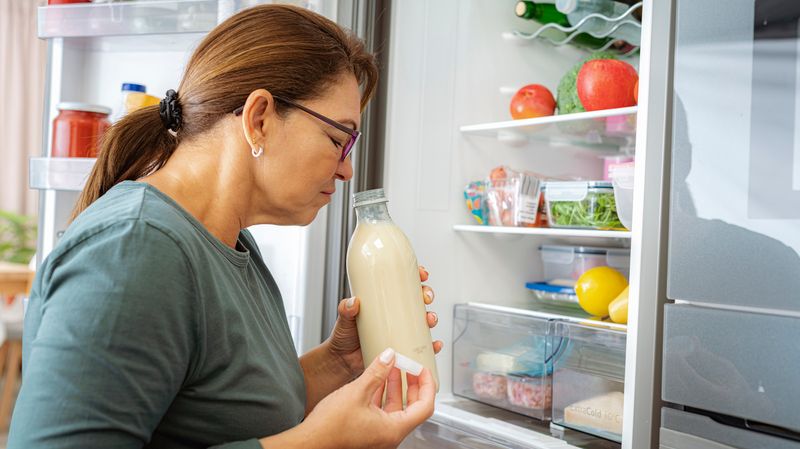
Relying solely on smell to gauge food safety is a risky gamble. Some spoiled foods may not emit any odor, while others might smell fine despite harboring harmful bacteria.
Trusting your nose can lead to foodborne illnesses, so it’s essential to adhere to food safety guidelines. Always check expiration dates, and when in doubt, err on the side of caution. Remember, the absence of a bad smell doesn’t guarantee safety. Your health is worth more than a sniff test.
6. Always sear meat to seal in juices
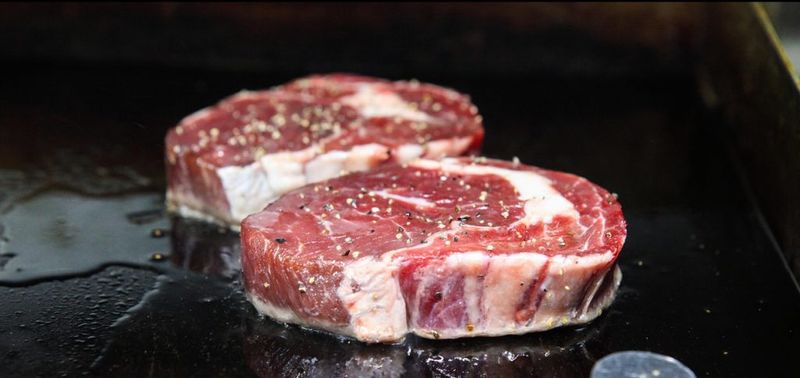
The notion that searing meat seals in juices is a prevalent myth. While searing does create a flavorful crust through the Maillard reaction, it doesn’t lock in moisture.
In fact, the primary benefit of searing is the rich, complex flavors it imparts to the meat. Juiciness is more dependent on proper cooking techniques, such as resting the meat after cooking to redistribute juices. Embrace the browning process for taste, but don’t expect a moisture barrier.
7. You can tell a steak’s doneness by touch
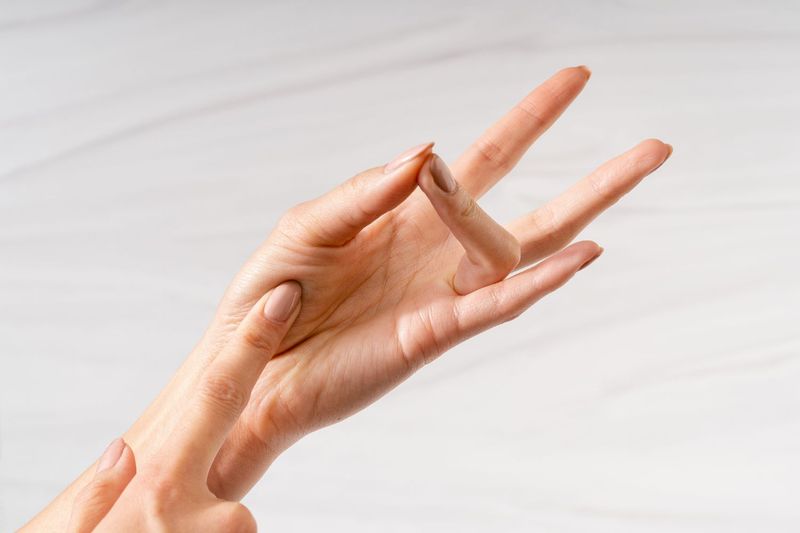
Judging a steak’s doneness by touch is a skill that can be wildly inconsistent unless you’re a seasoned chef. The method is based on comparing the meat’s firmness to different parts of your hand, but it requires practice and intuition.
For most home cooks, a meat thermometer provides a more reliable and precise measurement. This tool ensures that your steak reaches the desired doneness without the guesswork. Invest in a thermometer and cook with confidence, avoiding undercooked or overcooked disappointments.
8. All alcohol burns off when cooking
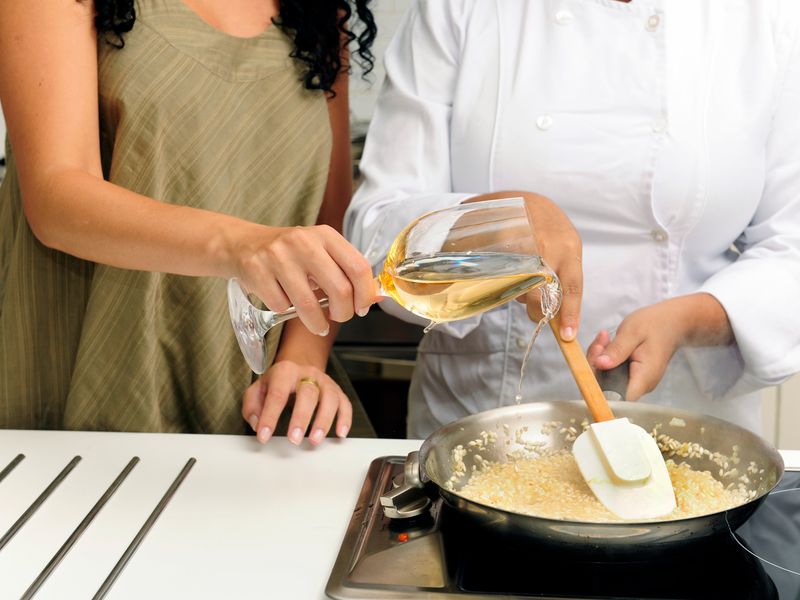
The belief that all alcohol burns off during cooking is a misconception. While some alcohol evaporates, a substantial amount can remain, depending on the cooking method and duration.
Dishes with shorter cooking times or lower heat may retain a significant percentage of alcohol, potentially affecting the flavor and strength of the dish. Consider the audience and occasion when using alcohol in cooking, especially if serving children or those avoiding alcohol. Cooking doesn’t always mean complete evaporation.
9. You can fix everything with more salt
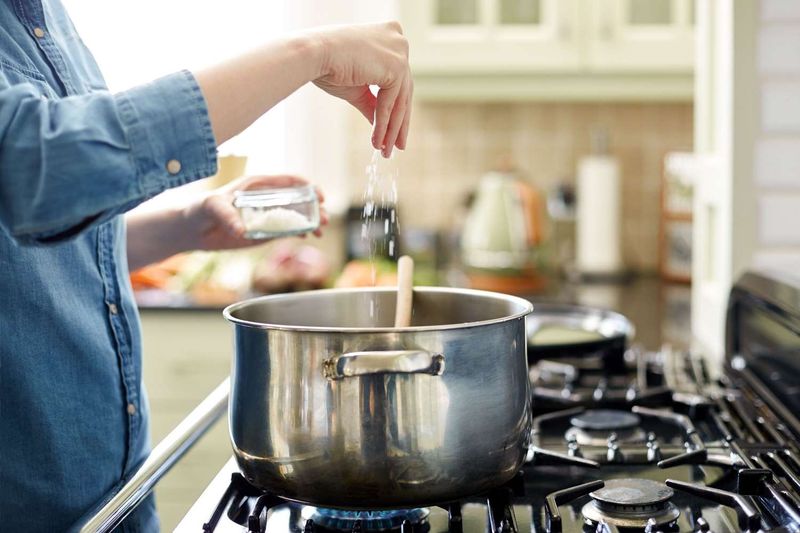
Over-relying on salt to correct culinary missteps is a flawed approach. Excessive saltiness overwhelms flavors, making the dish unpalatable. Instead, balance is key.
To counteract too much salt, consider adding acidity, such as lemon juice or vinegar, to brighten the flavors. Alternatively, incorporate sugar or sweetness to mellow the saltiness. If feasible, diluting with more of the main ingredient can also help. Master the art of seasoning by using salt judiciously and mindfully, enhancing flavors without overpowering them.
10. You have to follow recipes exactly
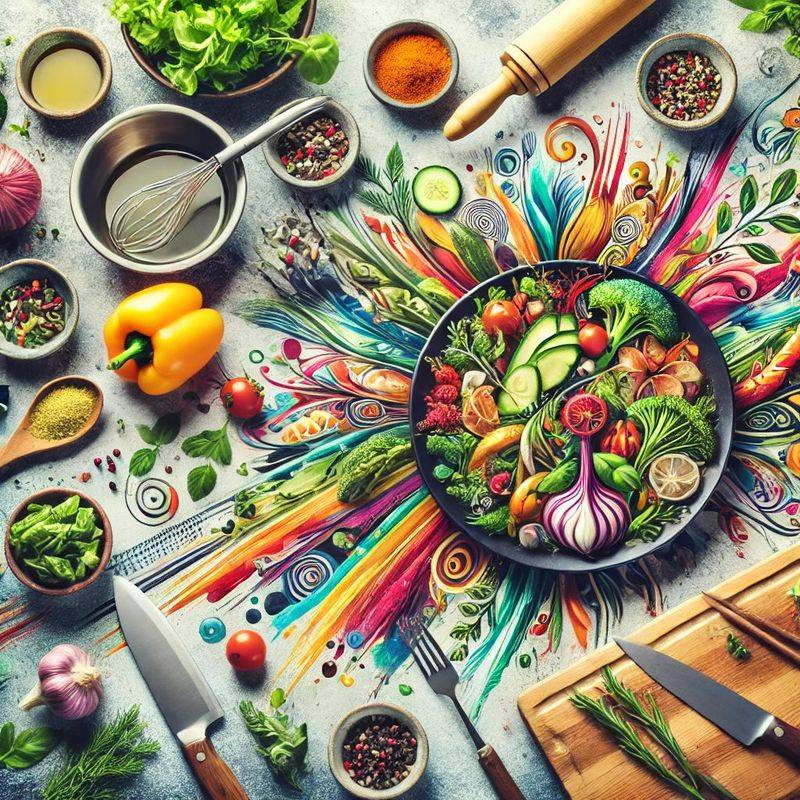
For many, recipes are considered gospel, but cooking is more of an art than a science. While precision is crucial in baking, cooking allows for creativity and adaptation.
Tasting as you go and adjusting to personal preferences can lead to delightful surprises and innovations. Recipes serve as guidelines, not strict rules, so trust your instincts and experiment with flavors. Embrace the freedom to improvise, making each dish uniquely yours and reflecting your culinary journey.
11. Metal utensils ruin nonstick cookware
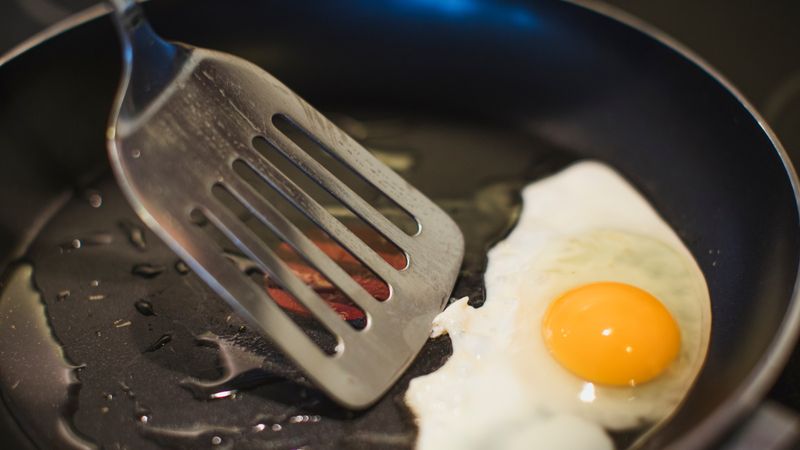
The warning against using metal utensils on nonstick cookware is valid, yet often ignored. Metal can scratch and damage the nonstick coating, reducing its effectiveness over time.
Opt for silicone or wooden utensils to preserve the pan’s surface and prolong its lifespan. Taking care of your cookware ensures consistent performance and better results in the kitchen. Treat your tools with respect, and they’ll reward you with years of reliable service.
12. The microwave kills nutrients
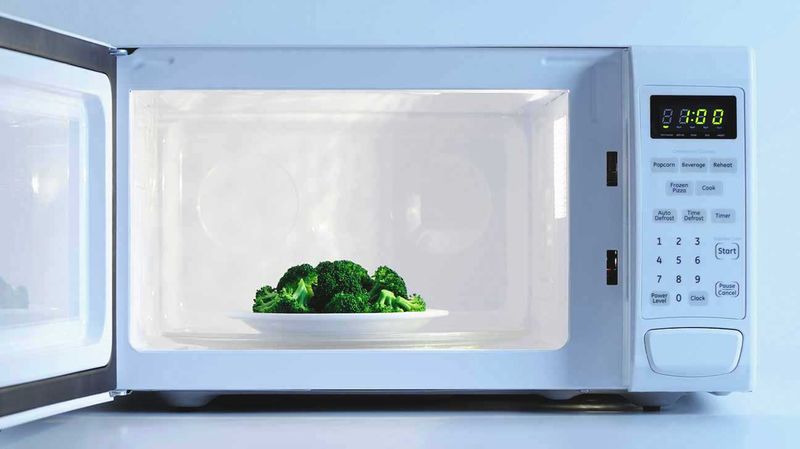
Microwaves have a bad reputation for destroying nutrients, but this is largely untrue. In fact, microwaving can preserve nutrients better than some traditional cooking methods, such as boiling.
The key is in the method and duration of cooking. Shorter cooking times and minimal water usage can help retain vitamins and minerals in vegetables. Embrace the convenience of the microwave, knowing that it can be a healthy cooking option when used wisely.
13. Add salt at the end of cooking
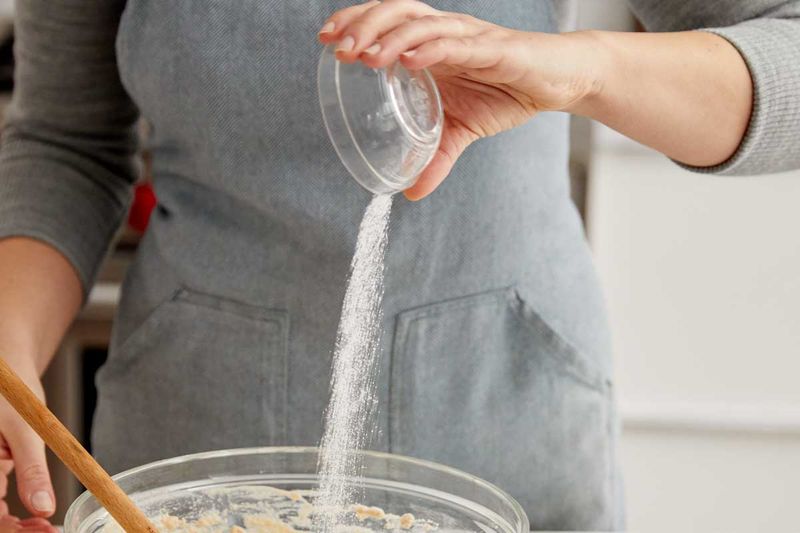
Adding salt at the end of cooking is a common practice, but it doesn’t always yield the best results. Seasoning throughout the cooking process layers flavors and enhances the overall taste.
A last-minute dash of salt can taste harsh and one-dimensional. Instead, incorporate seasoning at various stages, allowing the salt to meld with the ingredients and create a balanced, flavorful dish. Master the art of seasoning to elevate your culinary creations.
14. Flip meat constantly to cook it faster
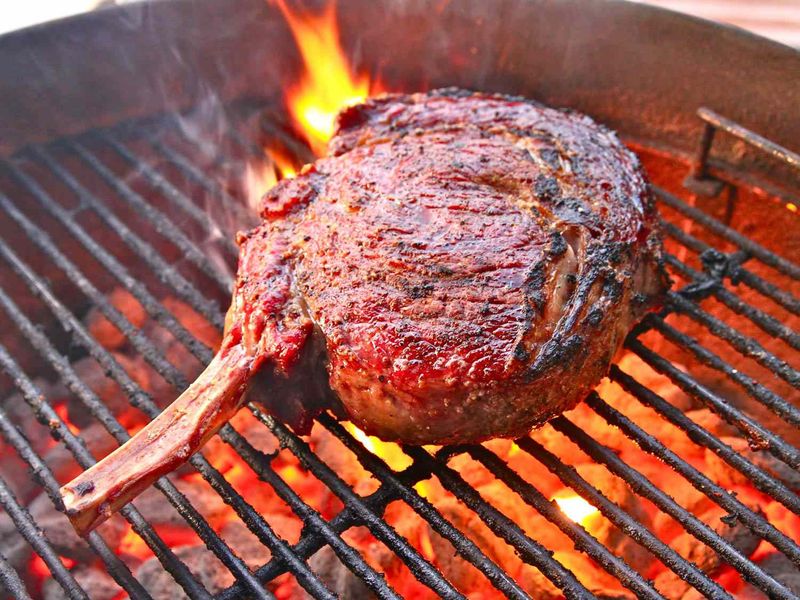
Frequent flipping of meat may seem like a way to speed up cooking, but it can impede the browning process. Browning is what gives meat its rich flavor and appealing texture.
Allow the meat to sear on one side undisturbed before flipping. This patience results in a beautiful crust and even cooking. Let the meat develop its flavors naturally, and you’ll enjoy a more satisfying and savory meal.
15. Butter is always better than oil
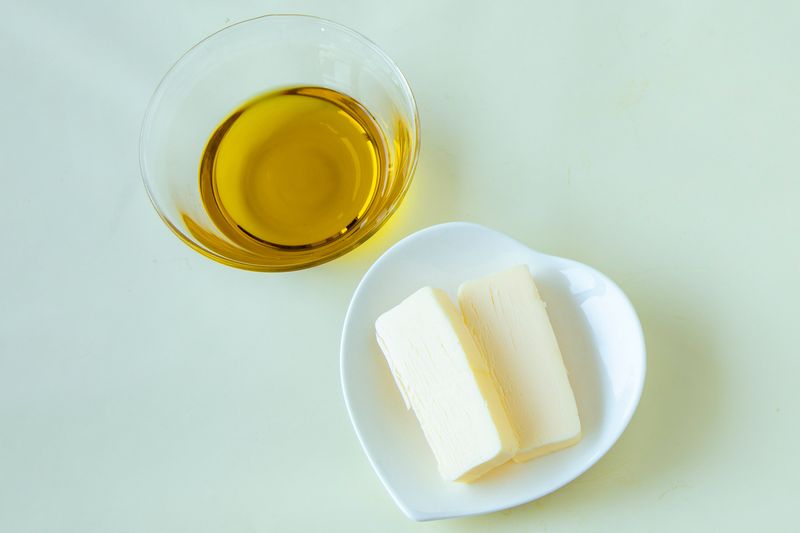
The idea that butter is superior to oil in all cooking scenarios is misguided. While butter adds flavor, it has a lower smoke point, making it unsuitable for high-temperature cooking.
Neutral oils, such as canola or vegetable oil, withstand higher heat without burning. Each has its place in the kitchen, and choosing the right fat can enhance your dish’s flavor and texture. Embrace both butter and oil, using them wisely to achieve the desired culinary outcome.
16. Don’t season cast iron pans
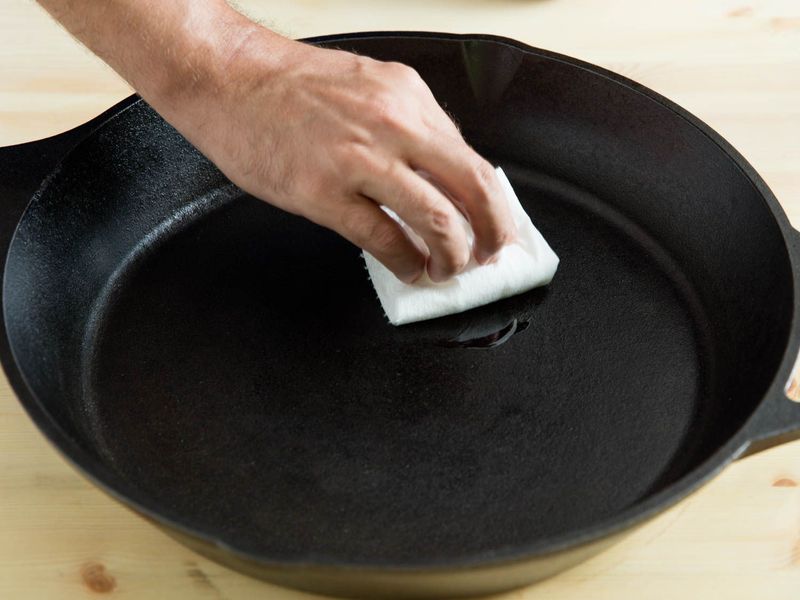
Avoiding seasoning of cast iron pans is a mistake that many make. Seasoning is what gives cast iron its nonstick properties and protects it from rust.
Regularly applying a thin layer of oil and heating the pan helps build a protective, nonstick coating. This maintenance ensures the pan’s longevity and optimal performance. Treat your cast iron with care, and it will reward you with unmatched versatility and cooking results.
17. Fresh is always better than frozen
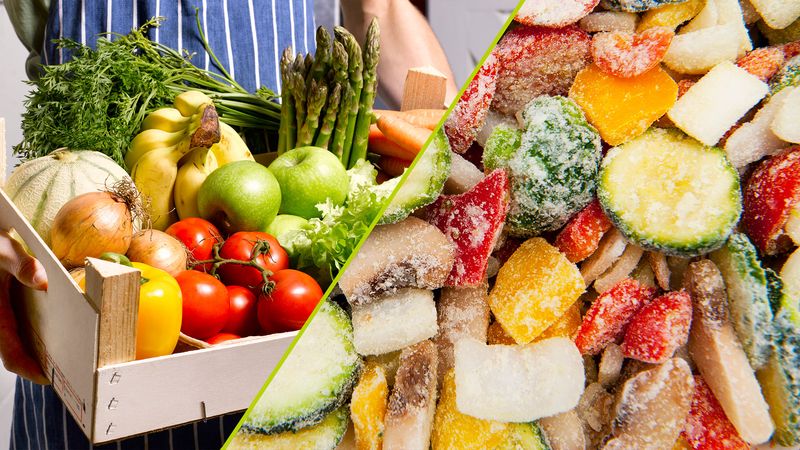
The assumption that fresh produce is always superior to frozen is not entirely accurate. Frozen vegetables are often picked and frozen at their peak ripeness, preserving nutrients and flavor.
In some cases, frozen can be more nutritious than fresh produce that has traveled long distances and aged on shelves. Embrace the convenience and nutritional benefits of frozen vegetables as a viable option for your meals. Enjoy variety and quality by incorporating both fresh and frozen ingredients in your cooking.
18. More spice = more flavor
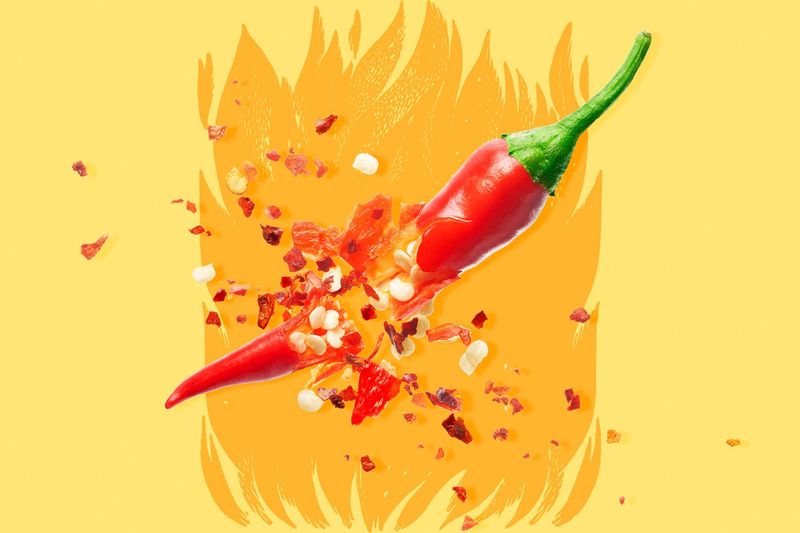
The belief that more spice equates to more flavor can lead to a dish that’s overpowering and unbalanced. Spices are meant to enhance, not dominate.
Using spices thoughtfully and in harmony with other ingredients creates a complex and enjoyable flavor profile. Balance is key to a successful dish, allowing each element to shine without overwhelming the palate. Experiment with combinations, but remember that restraint can be just as impactful.
19. Don’t eat brown bananas
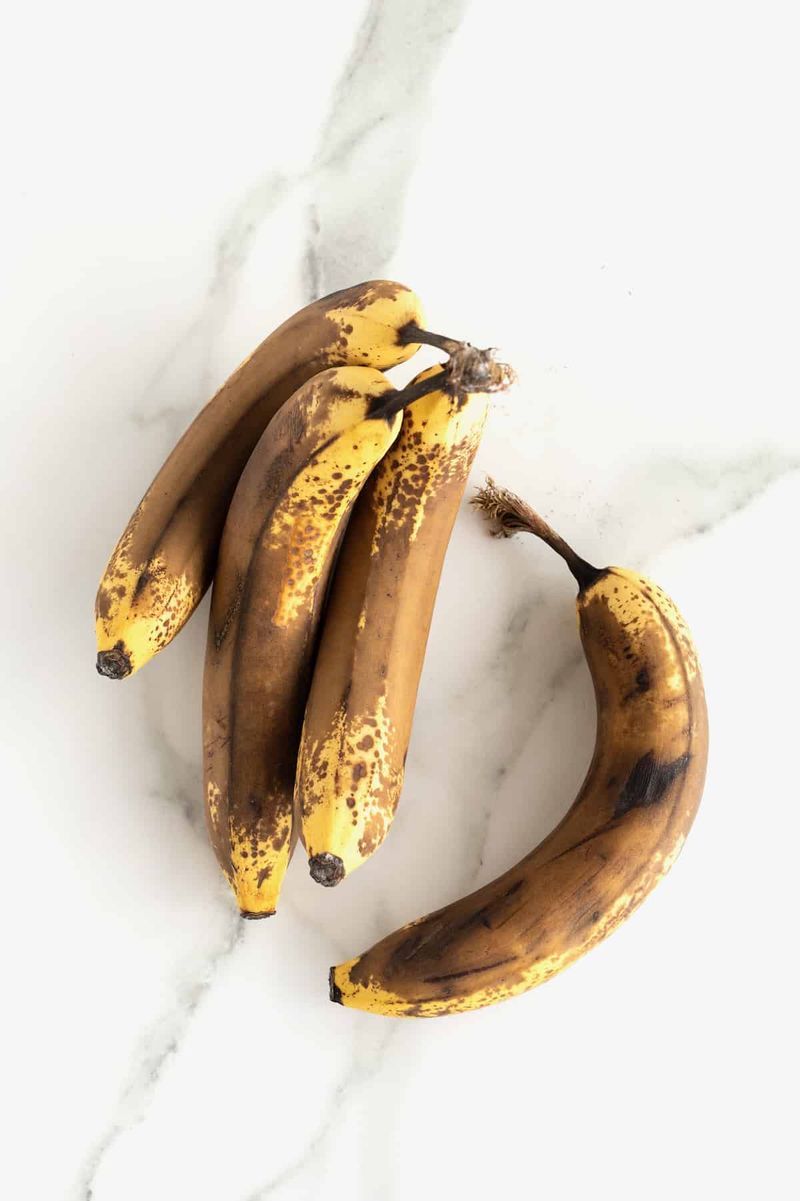
Brown bananas often get a bad rap, but they are a baker’s delight. As bananas ripen, their natural sugars intensify, making them perfect for baking, especially in banana bread.
The soft, sweet flesh adds moisture and flavor to baked goods. Don’t discard these spotted gems; embrace their full potential in the kitchen. Transform overripe bananas into delicious treats, proving that appearances can be deceiving when it comes to flavor.
20. Wash raw chicken

Washing raw chicken is a practice that poses more risks than benefits. The process can spread harmful bacteria like salmonella across kitchen surfaces and utensils.
Cooking chicken to the proper internal temperature is sufficient to kill any bacteria present, eliminating the need for washing. Prioritize safety by avoiding this counterproductive step and focusing on thorough cooking instead. Your kitchen will be cleaner and safer as a result.
21. Don’t use salt in desserts
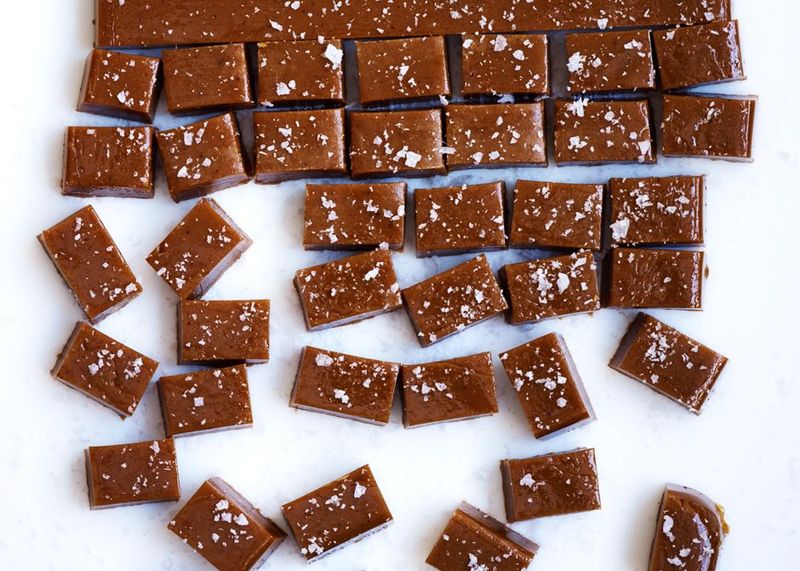
Salt in desserts may seem counterintuitive, but it’s a crucial element in balancing sweet flavors and enhancing richness. A small amount of salt can elevate desserts like cookies, cakes, and caramels.
The salt cuts through sweetness, creating a more rounded and satisfying taste. Embrace this simple addition to transform your desserts from good to extraordinary. Explore the dynamic flavors that salt can bring to the world of sweets.
22. Cook bacon on high heat
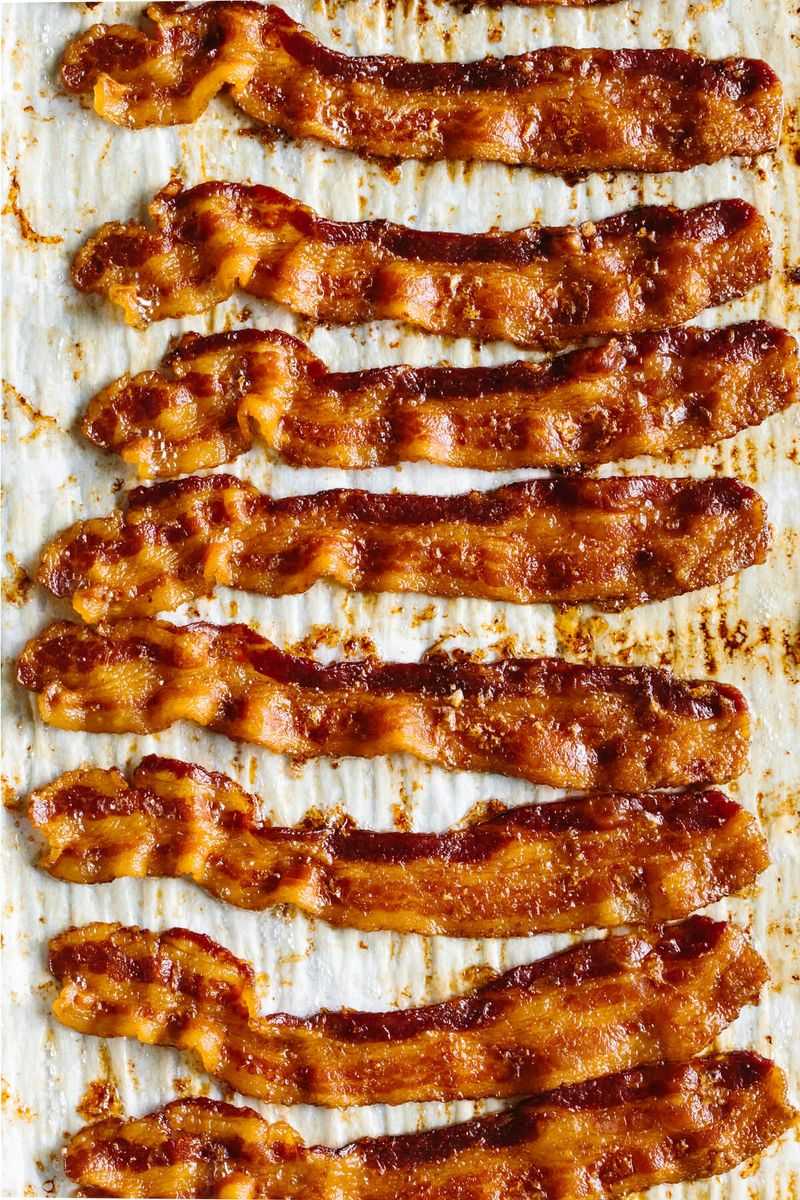
Cooking bacon on high heat might seem like the quickest route to crispy perfection, but it’s more likely to result in scorched bacon and a smoky kitchen.
A low and slow approach allows the fat to render properly, leading to evenly cooked, crispy bacon. Patience pays off in achieving that perfect balance of texture and flavor. Treat bacon with care, and it will reward you with delicious, crunchy bites.
23. You can eyeball baking ingredients
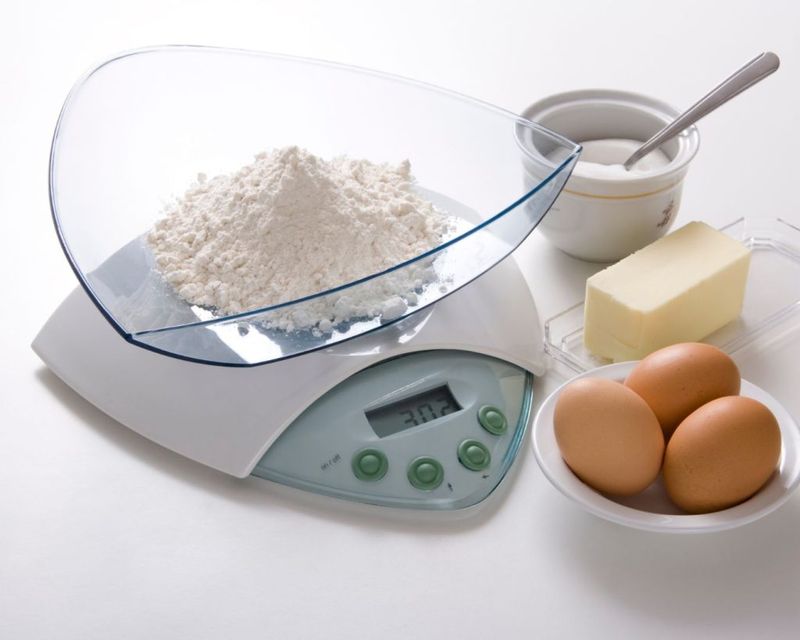
Baking is a precise science, and eyeballing ingredients can lead to disastrous results. Unlike cooking, where improvisation is often welcomed, baking requires accurate measurements to achieve the desired texture and flavor.
Using measuring cups or a kitchen scale ensures that your baked goods turn out as intended. Precision in baking leads to consistency and success, making each creation a treat to enjoy. Trust the process and embrace the discipline of exact measurements.
24. Let potatoes cool before mashing
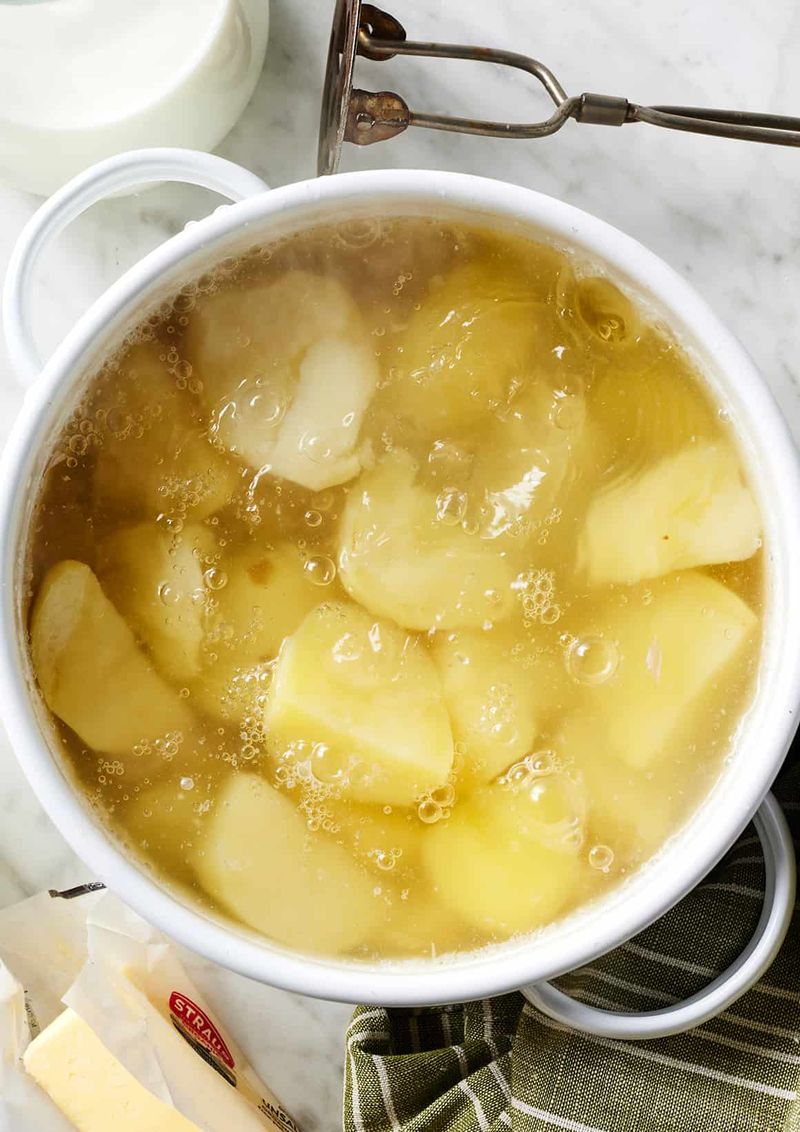
Letting potatoes cool before mashing might seem like a good idea, but it results in a gluey, unappetizing mash. Hot potatoes mash smoothly, creating a fluffy and delicious dish.
The heat helps the butter and milk integrate seamlessly, enhancing the texture and flavor. Mash your potatoes immediately after cooking for a satisfying and creamy result. Enjoy the comfort of perfectly mashed potatoes without the gluey mess.
25. Add cold butter to hot toast

Spreading cold butter on hot toast can lead to shredded bread and unevenly melted butter. For a smooth and delightful experience, let your butter soften before spreading.
Softened butter glides effortlessly over toast, ensuring even coverage and a pleasant dining experience. Don’t let cold butter disrupt your breakfast; embrace the simplicity of softened butter for a harmonious start to your day.
26. Use flour to thicken cold liquids
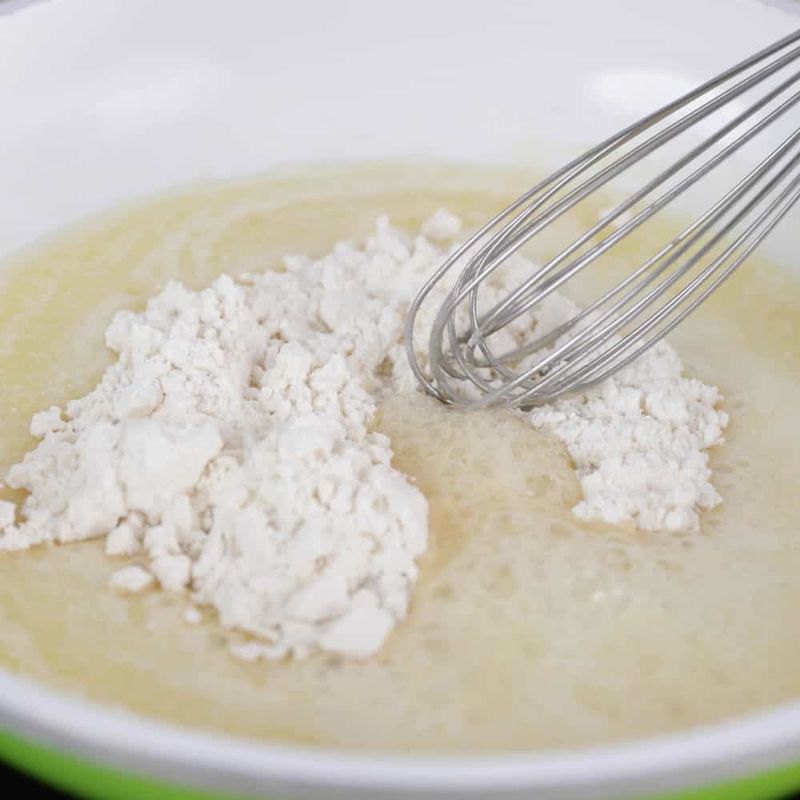
Using flour to thicken cold liquids often results in clumps and an uneven texture. Flour requires heat to properly integrate, which means it should be combined with a bit of fat or cooked into a roux first.
This technique allows the flour to dissolve and thicken the liquid smoothly, without creating unwanted lumps. Master the art of thickening by respecting the properties of flour, achieving a perfect consistency every time.
27. Put oil in your pancake batter to stop sticking
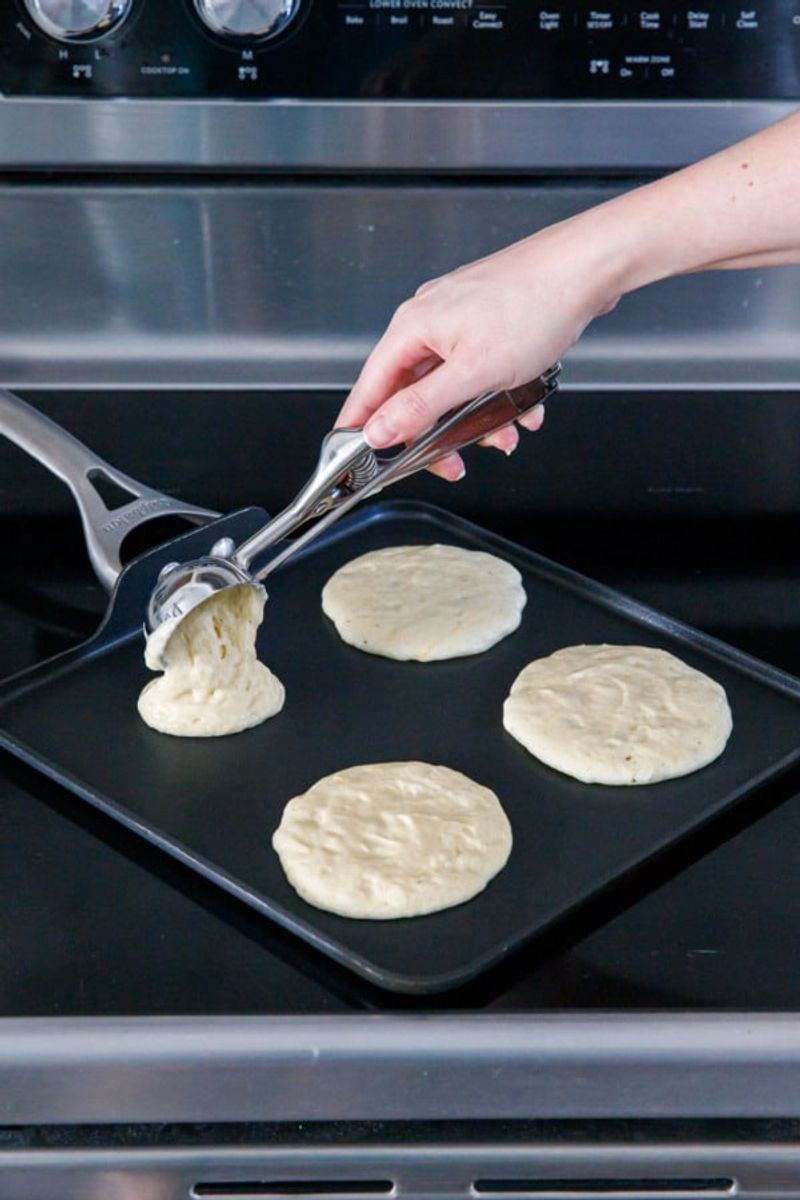
Incorporating oil into pancake batter to prevent sticking is a misguided tip. The oil should be used in the pan, not the batter, to create a golden, crispy exterior.
Adding oil to the batter can affect the texture and flavor, resulting in pancakes that are greasy and dense. Instead, focus on using a well-greased pan for optimal results. Enjoy pancakes that are light and fluffy, with a beautiful golden crust.
28. Eggs are done when the whites are white
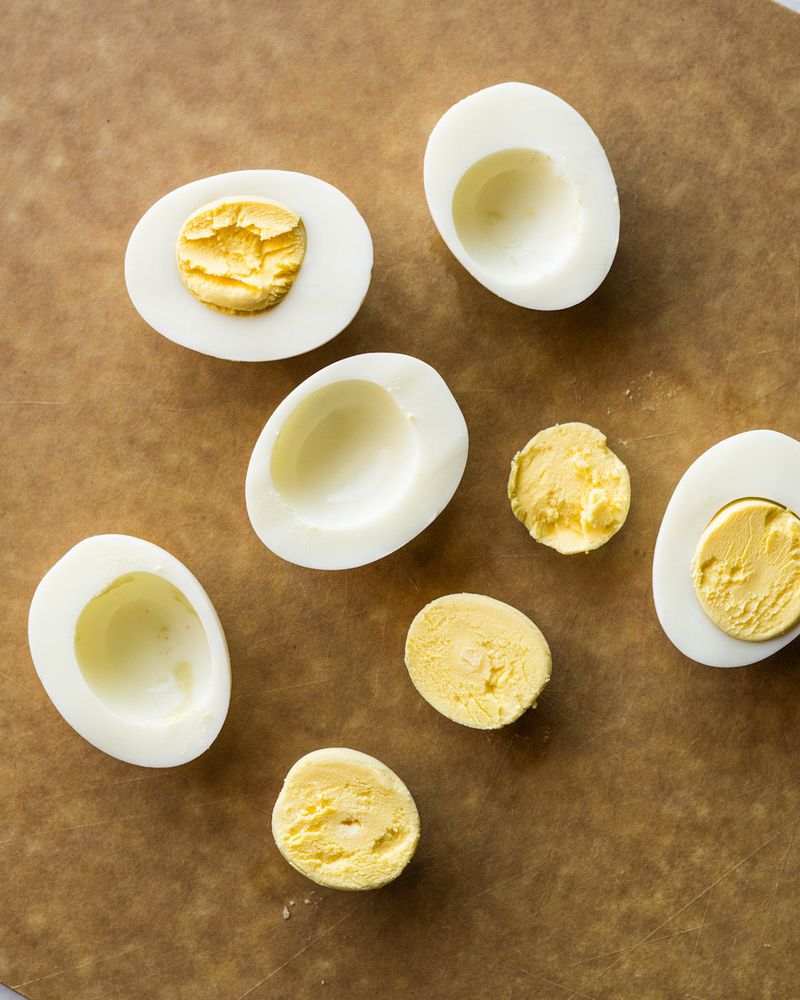
The appearance of white egg whites doesn’t always indicate that eggs are fully cooked. Undercooked yolks can still pose a risk, especially in baked dishes where uniform cooking is essential.
The safest way to ensure eggs are properly cooked is by checking the internal temperature, particularly for recipes like frittatas or quiches. Cook with precision to enjoy eggs that are both safe and delicious, without the guesswork.
29. Boil vegetables to death
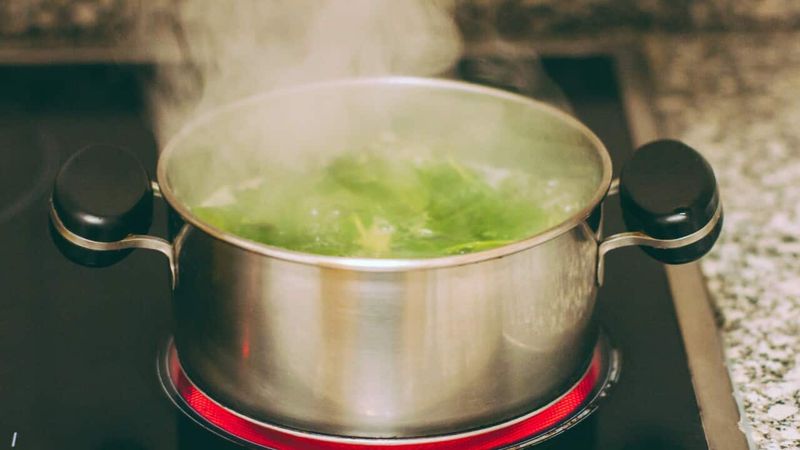
Boiling vegetables until they’re mushy and lifeless robs them of nutrients, color, and flavor. This outdated technique results in bland and unappetizing dishes.
Preserve the vibrant qualities of vegetables by opting for steaming or sautéing. These methods enhance texture and taste while maintaining nutritional value. Reimagine how vegetables can be prepared to retain their natural goodness and appeal.
30. You don’t need to taste as you cook

Forgetting to taste as you cook is one of the gravest mistakes in the kitchen. Without tasting, you’re cooking blindly, unsure of how flavors are developing.
Regular tasting allows for timely adjustments, ensuring a dish that pleases the palate. This step is vital for achieving the right balance of flavors and textures. Empower yourself as a cook by trusting your taste buds and refining your dishes as you go.
